Shepherdstown, Eastern Panhandle, northeastern West Virginia: Ryan Hagerty/US Fish and Wildlife Service, Public Domain, via USFWS Nat'l Conservation Training Center @ https://training.fws.gov/NCTCWeb/eJournal/StoryDetail.aspx?StoryId=61
Parque Nacional Manuel Antonio (Manuel Antonio Park), central Pacific coast, Costa Rica: D. Gordon E. Robertson, CC BY SA 3.0, via Wikimedia Commons @ https://en.wikipedia.org/wiki/File:White-tailed_Deer,_female,_Costa_Rica.jpg
white-tailed deer Odocoileus virginianus Zimmerman: Scott Bauer/USDA Agricultural Research Service, Bugwood.org, CC BY 3.0 US, via Forestry Images @ https://www.forestryimages.org/browse/detail.cfm?imgnum=1321085
"South Florida rocklands in the Everglades, Florida": Miguel.v, CC BY-SA 3.0, via Wikimedia Commons @ http://en.wikipedia.org/wiki/File:South_Florida_rocklands_on_Everglades_National_Park_Long_Pine_Key_Nature_Trail.jpg
Shirley's Bay, southeastern Ontario, east central Canada: D. Gordon E. Robertson, CC BY-SA 3.0, via Wikimedia Commons @ https://en.wikipedia.org/wiki/File:White-tailed_deer,_tail_up.jpg
Georgian Bay, Parry Sound, Georgian Bay's eastern shore, northern Ontario, east central Canada: Jennifer Aitkens (molajen), CC BY 2.0, via Flickr @ https://www.flickr.com/photos/molajen/2036206721/
"white-tailed deer fawn": US Fish and Wildlife Service-Midwest Region, Public Domain, via Flickr @ https://www.flickr.com/photos/usfwsmidwest/6835379769/
Swan Lake National Wildlife Refuge, Chariton County, north central Missouri: Steve Hillebrand-US Fish/Wildlife Service, Public Domain, via USFWS Digital Library @ https://digitalmedia.fws.gov/digital/collection/natdiglib/id/6618
northern Virginia: dw_ross (MostlyDross), CC BY 2.0, via Flickr @ https://www.flickr.com/photos/dw_ross/4876178725/
southwestern Finland: Teemu Lehtinen (deemu), CC BY 2.0, via Flickr @ https://www.flickr.com/photos/deemu/3318803243/
Oneida County, north central Wisconsin: Paul Bolstad/University of Minnesota, Bugwood.org, CC BY 3.0 US, via Forestry Images @ https://www.forestryimages.org/browse/detail.cfm?imgnum=5189039
Newark, Licking County, central Ohio: James St. John, CC BY 2.0, via Flickr @ https://www.flickr.com/photos/jsjgeology/8270236202/
Seney National Wildlife Refuge, Upper Peninsula, Michigan: Mike McCarthy/Friends of Seney National Wildlife Refuge, CC BY-SA 2.0, via Flickr @ https://www.flickr.com/photos/seneynwr/7686090656/
public park enclosure, Winona, southeastern Minnesota: Jonathunder, CC BY SA 3.0, via Wikimedia Commons @ https://commons.wikimedia.org/wiki/File:OdocoileusVirginianus2007-07-28fawn.JPG
Berwyn, Chester County, southeastern Pennsylvania: David Baron (dbaron), CC BY-SA 2.0, via Flickr @ https://www.flickr.com/photos/dbaron/5311200186/
Berwyn, Chester County, southeastern Pennsylvania: David Baron (dbaron), CC BY-SA 2.0, via Flickr @ https://www.flickr.com/photos/dbaron/2771906228/


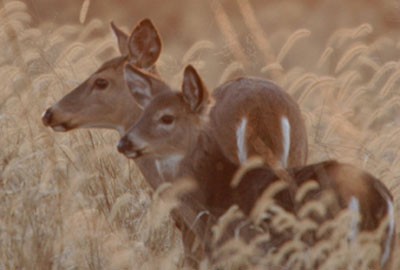
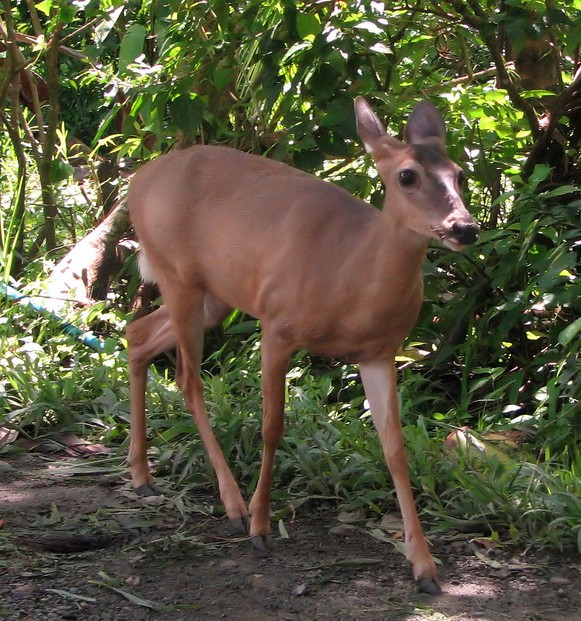
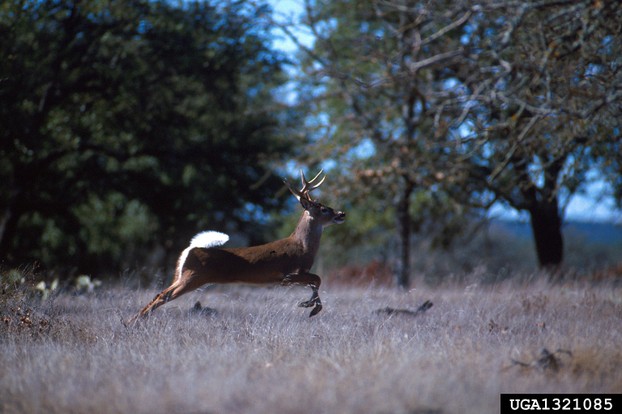
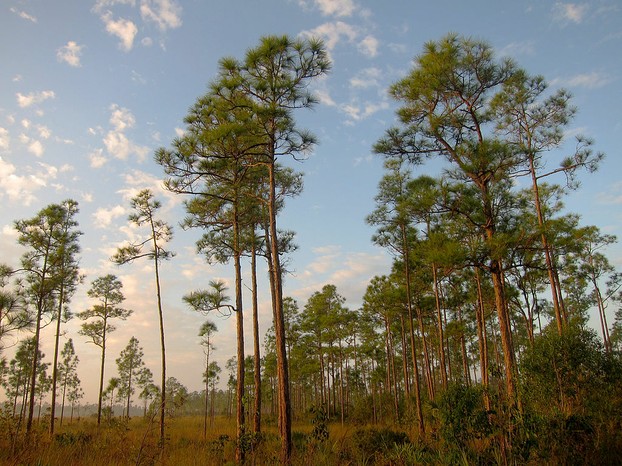
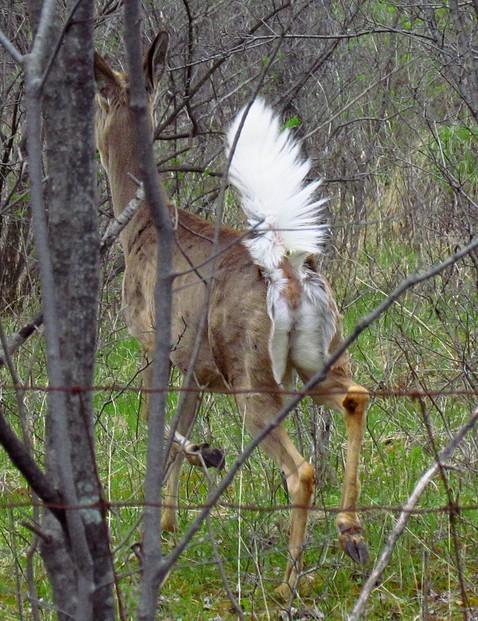
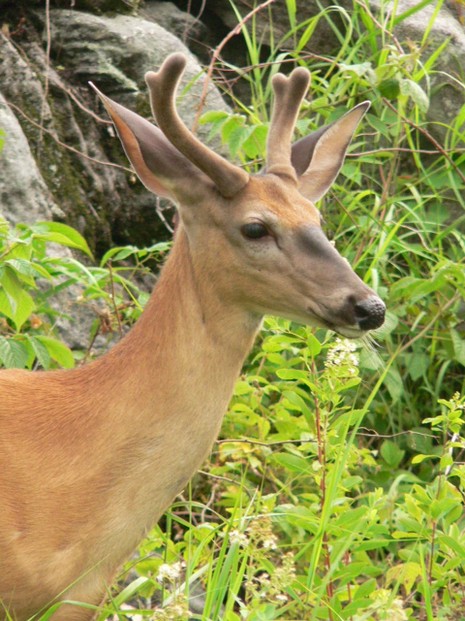
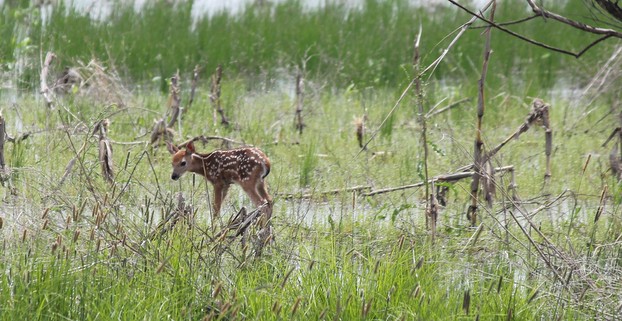
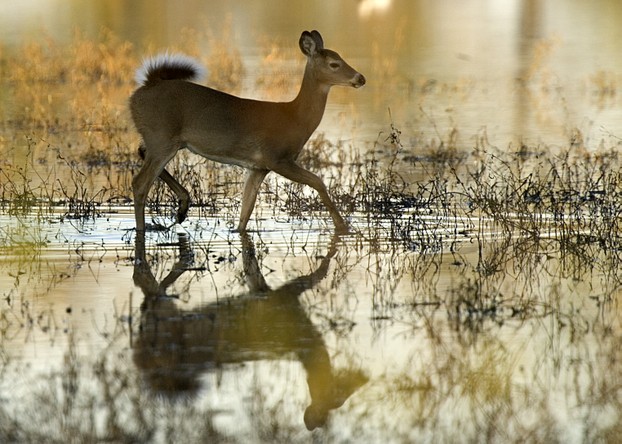
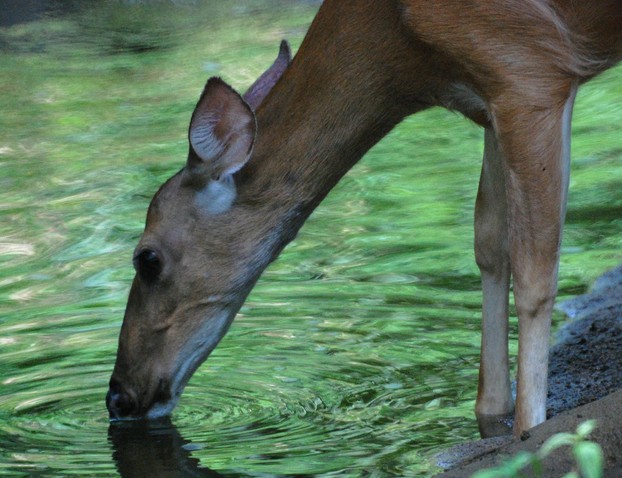
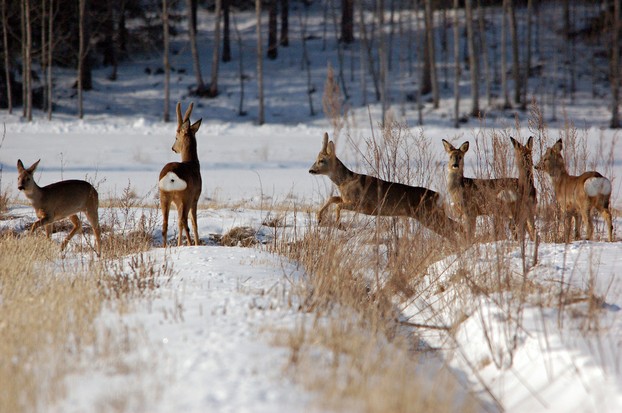
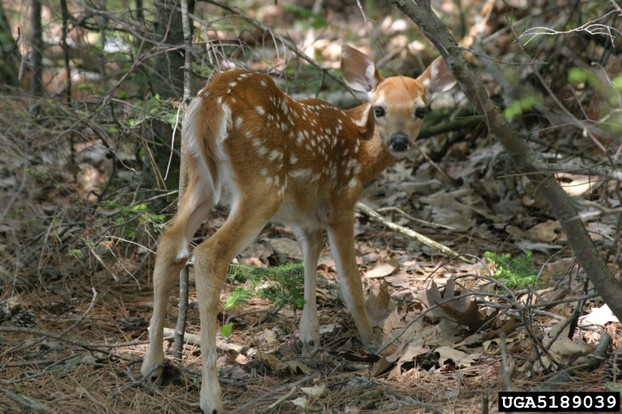
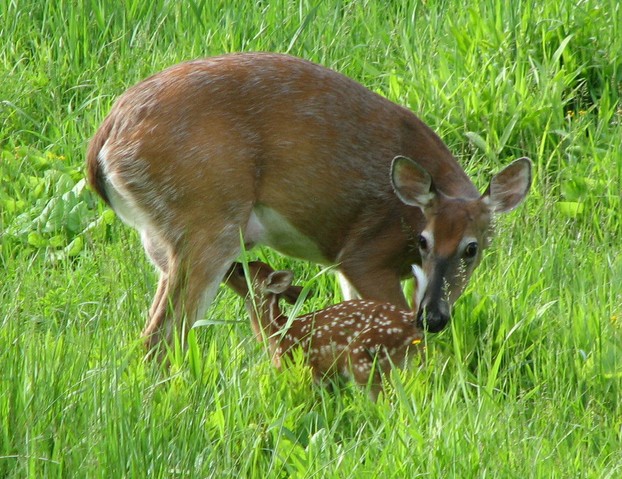
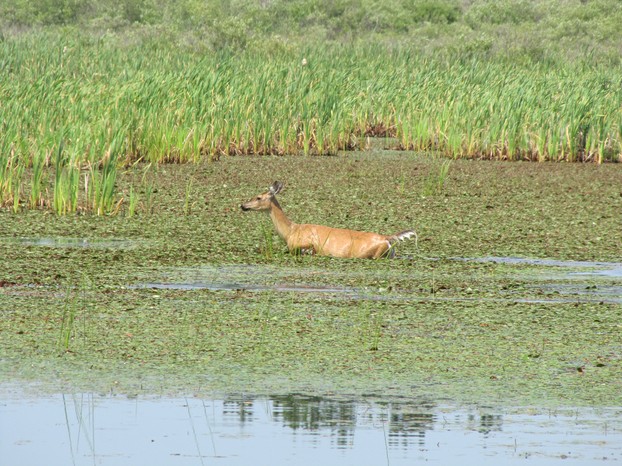
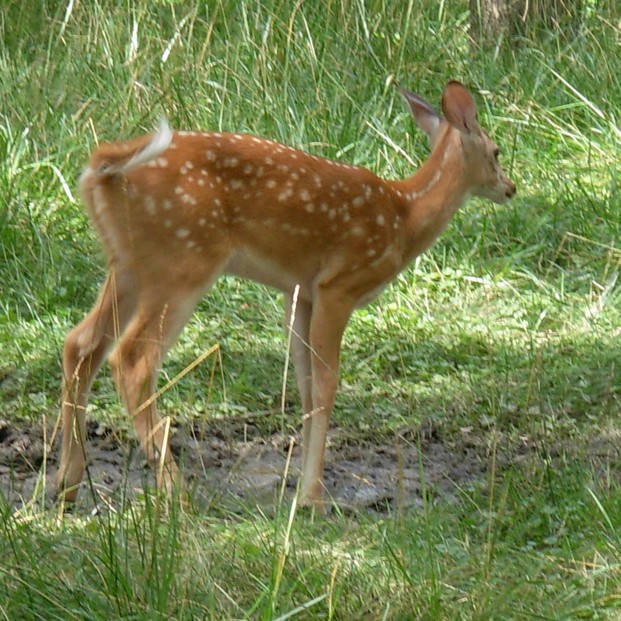
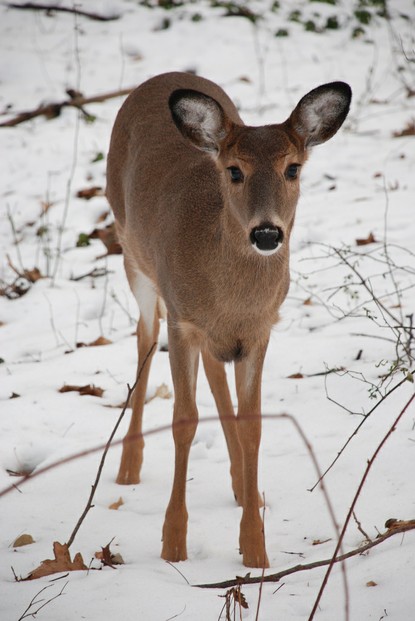
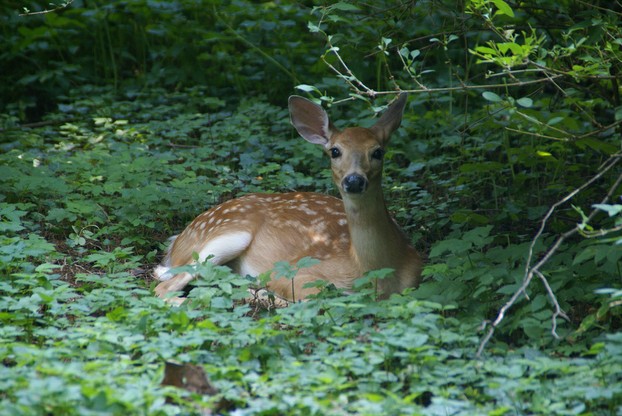






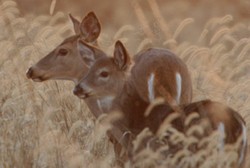

 Are Hawaiian Huakai Po Nightmarchers Avenging Halloween Thursday?on 10/02/2024
Are Hawaiian Huakai Po Nightmarchers Avenging Halloween Thursday?on 10/02/2024
 Mailing Addresses for 2023 Form 4868 Extending 1040 and 1040SR April 15, 2024, Due Dateon 04/15/2024
Mailing Addresses for 2023 Form 4868 Extending 1040 and 1040SR April 15, 2024, Due Dateon 04/15/2024
 Mailing Addresses for 2023 Forms 1040 and 1040SR Filed in 2024on 04/15/2024
Mailing Addresses for 2023 Forms 1040 and 1040SR Filed in 2024on 04/15/2024
 Mailing Addresses for 2022 Form 4868 Extending 1040 and 1040SR April 18, 2023, Due Dateon 04/13/2023
Mailing Addresses for 2022 Form 4868 Extending 1040 and 1040SR April 18, 2023, Due Dateon 04/13/2023

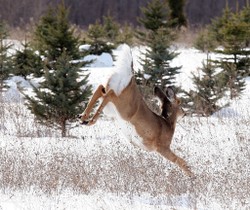
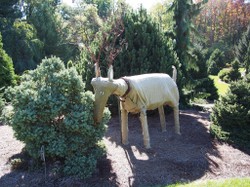
Comments
molajen, Thank you for visiting my article, and thank you for sharing your fine photo of antler velvet via Flickr. I like to spotlight talented photographers, like you, who make a difference through photography.
Great article on whitetails! Thanks for choosing one of my photos to illustrate velvet on antlers.
jptanabe, Whitetails are so photogenic that it's difficult to get a bad picture of them!
Great information about white-tailed deer. Love the photos!